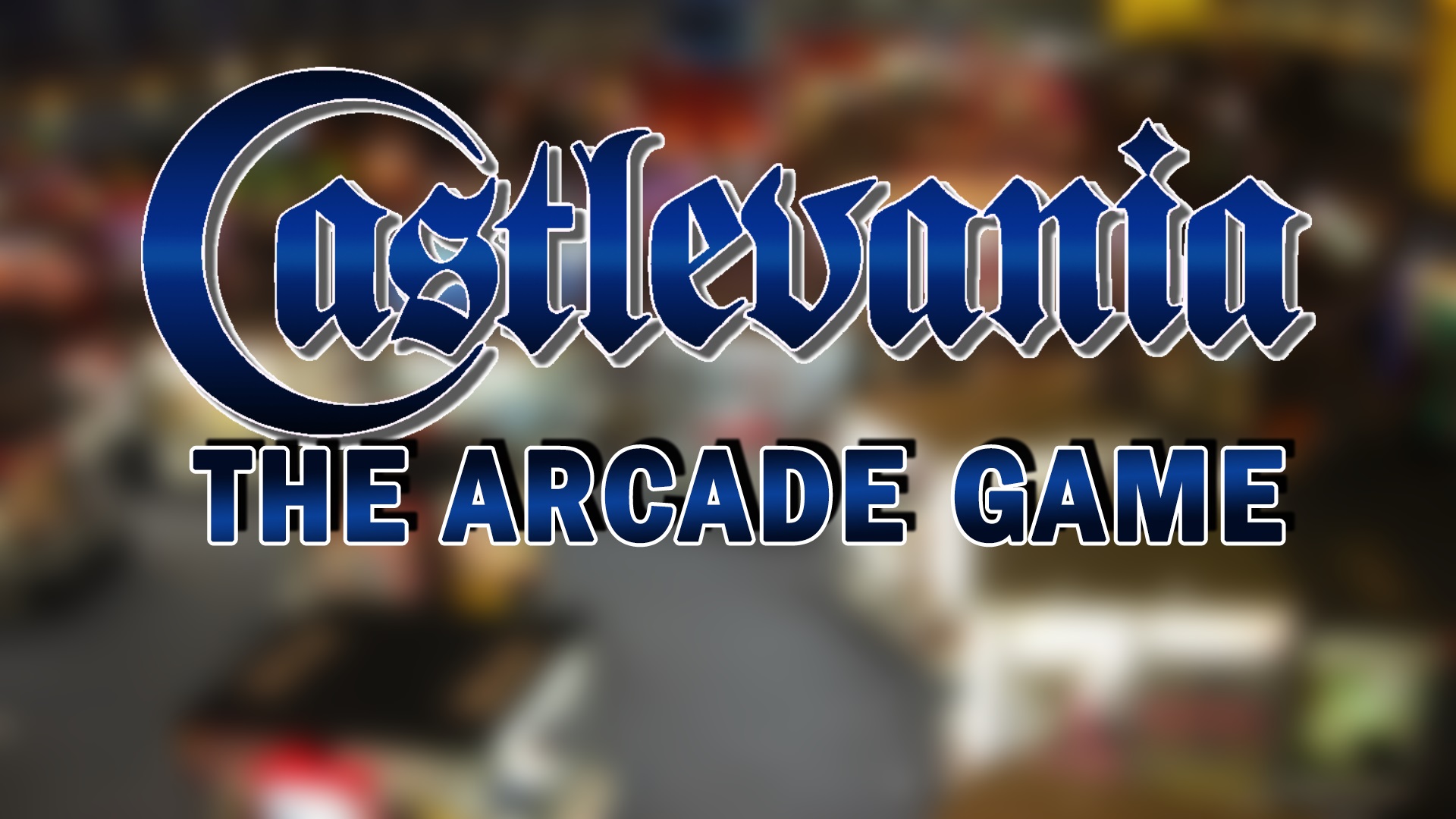
The Was a First-Person Castlevania Arcade Game (And It Was Terrible)
The Weird and Janky First-Person Castlveania Arcade Game
Arcades are incredible places.
The lights. The sounds. Neon everywhere. Loud music. Machines ranging from classics like Ms. Pac-man to modern titles such as, well, an arcade Mario Kart game that prominently features Pac-man as a racer. But it is perhaps the last place you’d expect a slower-paced platformer such as Castlevania.
Arcade games have several distinctive features. Back in the olden days before the mid-2000s, arcade machine hardware was often proprietary and more powerful than what you’d find at home. Nowadays, though, many arcade machines are merely running on what are basically gaming PCs.
They still, however, often require quarters or cards to be swiped to play. The difficulty of these games is ramped up compared to many console or PC titles, too, with the hope being that you, as the player, will continue pumping cash into the machine to just get that much further every time you play. With this comes a rather frenetic pace, and even a potential focus on co-op gameplay. Arcades are truly a great place for social gaming memories to be made.

This does not seem conducive to an environment meant for horror. Horror games often rely on building atmosphere. The tension you can cut with a knife. An often dark aesthetic and pacing that requires a lot of build-up. I’m sure many of us have memories of playing the likes of old-school Resident Evil with the lights off, waiting for whatever is lurking around each jaggedly polygonal corner.
However, these are not absolute musts. There have been arcade games that use the traditional horror aesthetic but none of this tension and pacing stuff. And sometimes they succeed greatly, most notably with The House of the Dead series by Sega.
These are fast-paced zombie shooters where you and a friend have to kill hordes of the undead while fighting for your life. Absolutely horror in look, and absolutely quarter-sucking in execution.
Konami has also tried their hand here. Two different Castlevania games made their way to the arcades in the 1980s, with these respectively being Vs. Castlevania and Haunted Castle. These have the gothic look of the NES Castlevania platformers and see you take control of vampire hunter Simon Belmont on his quest to kill the evil Count Dracula. In fact, Vs. Castlevania was a straight-up port of the NES game, while Haunted Castle was merely a reimagining with bigger sprites.

The Castlevania series would not get another arcade entry until 2009. And this was not a traditional platformer.
Castlevania: The Arcade is an odd duck in the series. Coming out barely a year before the entire series was rebooted with Castlevania: Lords of Shadow, this Japanese-exclusive title is a first-person shooter/whip slinger that sees you control a vampire hunter on their way to lay the smackdown on Dracula.
It’s absolutely Castlevania in look and sound. Gothic architecture. A pumping soundtrack that swings between orchestral and hard rock with ease. Hordes of enemies ranging from zombies to skeletons to Death himself – who, by the way, is a boss in the first stage of the game!
It looks like a well-done PS3-era title, and it seems like it has the potential to be a true arcade hidden gem.

That is until you actually try to play it.
Full disclosure, I live in Cleveland, Ohio. And here in Cleveland, we have an arcade called Round1, which specializes in bringing in imported arcade titles from Japan. You can even bypass the whole quarter-sucking nature of a lot of these games by buying a “free play” pass that lasts an hour.
And the first time I went, the Castlevania machine was out of order, due to someone very clearly having sent a controller through the TV screen. Perhaps this was an omen.
Castlevania: The Arcade can be a co-op experience. Its controllers are red and blue glowing Wiimote-things that are tethered to the machine by some reinforced cables.
One character is a Belmont – a whip user – and the other is a more traditional shooter character. And the whole experience is jank.

Rail shooters can work great with a setup like this. When The House of the Dead came to the Nintendo Wii, the Wiimotes seemed like a perfect substitute for old-school light guns, which are unable to function on modern flatscreen TVs.
Konami’s motion controllers are most definitely not Wiimotes. Whip slinging is a trial in frustration. I want to say that my husband and I managed to whip-and-shoot our way through the entire game, but we only lasted a couple of stages.
My whip-mote kept de-syncing. Though the machine – which has a large decorated tarp covering it and a fantastic speaker system – has little feet outlines that denote where to stand, it felt somehow like we were too close to the screen. Maybe my controller was defective, but even after coming back to Round1 and trying the machine again, my whip would sometimes just refuse to work or the pointer would whiz chaotically around the screen. It didn’t matter which of the two controllers I was using, either. I could try to replicate the same action over and over, and the slashes on-screen would somehow end up in different locations, or sometimes not even happen at all.
Instead of strategically swiping at enemies, I just ended up flailing. Above all else, the experience left me wishing the remotes had wrist straps. I had to death grip with both hands at times, out of fear that it would come loose and soar through the TV screen.
Castlevania: The Arcade is a fantastically original experience that seems inhibited by its own ambition. I’m not even sure if a first-person Castlevania title could ever be done right, but it’s most definitely a unique arcade experience. Going forward though, if you’re craving some vampire-whipping action, perhaps it’s best if you just stick with Konami’s platformers.




